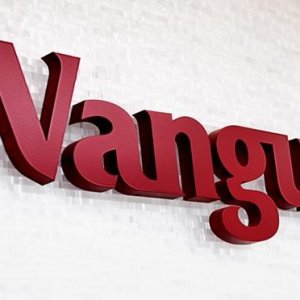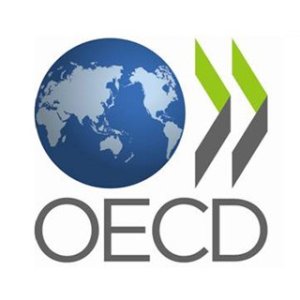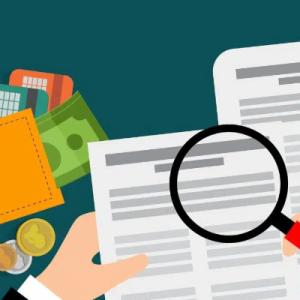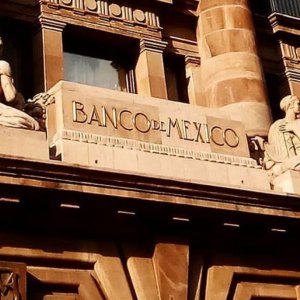Access to Credit an Obstacle Course

STORY INLINE POST
Financial inclusion is an issue that concerns us all. It is not only part of the agenda of those who offer financial products; in fact, it is a vital concern of governments as well as of any private institution or international financial organization.
The importance of the commitments that are formed around this issue is clear when we remember that financial inclusion is essential to achieve seven of the 17 Sustainable Development Goals proposed by the United Nations World Organization (UN), among which is the end of poverty. Today, there is a forceful and inescapable fact: working to eradicate exclusion is forging a future that suits us all.
Despite the fact that financial inclusion is positive for the world in general, since it activates economies and improves the lives of citizens in all countries, today there is still a lot of unfinished work. It is enough to know that, according to the World Bank, 1.4 billion people in the world are still unbanked.
In Mexico, the situation is complex: although progress has been made in terms of inclusion, only 32.7% of the population between 18 and 70 years old has a formal loan. This data was recently confirmed, in 2021, by the National Institute of Statistics and Geography (INEGI) and the National Banking and Securities Commission (CNBV) with the National Survey of Financial Inclusion.
An Uphill Road
But why is credit so inaccessible in our country? The main obstacle that both individuals and small businesses or ventures face are the exclusive and rigid requirements that banking institutions have determined to consider an applicant to be a subject of credit.
First of all, the procedures imposed by banks to obtain a loan tend to take time and involve complex paperwork, which in many cases leads people to sign without reading dozens of documents with incomprehensible terminology. In addition, applicants must go in person to branches, even in towns where having access to a branch may imply hours of travel.
Another requirement that complicates access for a large sector of the population is the need to show proof of payment that can guarantee the solvency of the applicant.In Mexico, almost 31 million people have informal occupations that prevent them from having, for example, a payroll receipt that guarantees the payments they receive. What happens to this sector that already lacks the benefits of formality? Their situation becomes even more precarious, since they do not have the possibility of financing projects that help them to progress, or else, they acquire debts that are impossible to pay in the long run.
A huge difficulty that also arises when applying for the first time: the lack of credit history. As we know, banks want to know the payment behavior of their candidates; however, many have never been subject to credit and others, as we have already seen, have not had the possibility of having payroll accounts or access to other financial products that could help build more trust. As a result, some candidates remain in a kind of “credit limbo” where they can't build history because they don't have credit, and they don't have credit because there's no history to look at.
A factor that weighs enormously, particularly among MSMEs and entrepreneurs, are the very high interest rates. In addition to having to complete a huge bureaucratic process, if they are lucky enough to become creditworthy, they are often forced to assume conditions that suffocate them financially and end up preventing their survival.
A Light at the End of the Tunnel
In such an environment, obtaining the innumerable benefits that credit can give us to improve our lives is practically impossible. A credit system that seems to be governed by exclusive and complex dynamics cannot help us achieve financial inclusion, a goal that would help us improve the quality of life not only for the excluded, but for all people.
Today, those who have historically found themselves on the margins of credit lines have the alternative of benefiting from them with the inclusion and accessibility work that fintech companies have carried out since their inception. The goal is that one day everyone can at least have the opportunity to use tools that allow us to dream and hope to grow and live better.








 By Marlene Garayzar | CGO and Co-Founder -
Tue, 04/11/2023 - 17:00
By Marlene Garayzar | CGO and Co-Founder -
Tue, 04/11/2023 - 17:00
















